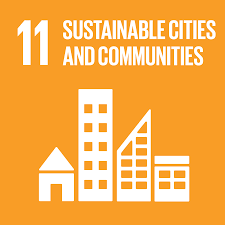The action and its aims
San Francisco introduced the Healthy Food Incentives Ordinance (Art. 8 Section 471 of San Francisco Health Code) that banned restaurants and takeaways from offering free toys and other items with children’s meals, unless the meals meet nutritional standards on total calories, fat, saturated fat, trans fats, sodium, and minimal fruit and vegetable content. The aim was to prevent food businesses from making unhealthy foods more attractive to children.
When it was introduced
The ordinance was introduced in 2011.
Why it was needed
It was deemed necessary in light of the high rates of child obesity in San Francisco. Children’s menus in restaurants and takeaways tend to contain items like burgers, chicken nuggets, macaroni and cheese, fries and soft drinks, and often exceed recommended calorie intake. Free gifts make these options more attractive to children.
Who initiated it, who is involved
The action was adopted by the San Francisco Board of Supervisors. The lead implementing entities are the city’s Department of Public Health and the Department of Environment.
Impacts to date
An impact study looking at practices of two global restaurant chains following the ordinance found that both implemented some menu changes, particularly regarding side dishes. However, they found a loophole and continued to offer toys with unhealthy meal purchases for an additional USD.10, meaning they were no-longer free; 88% of customers chose to buy the toys.

